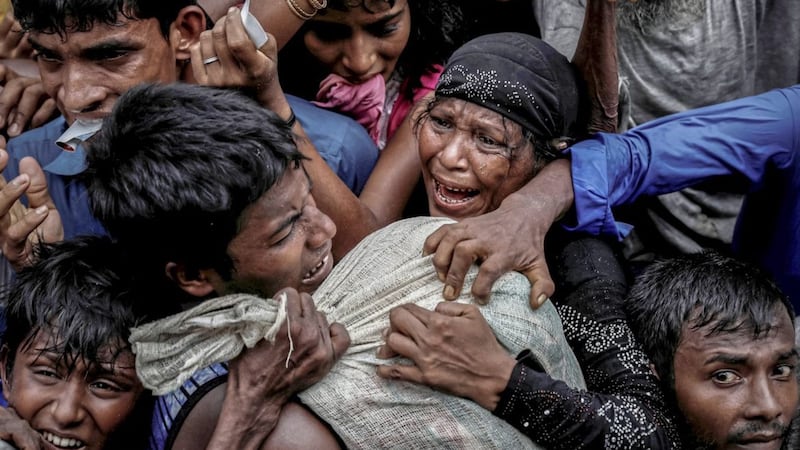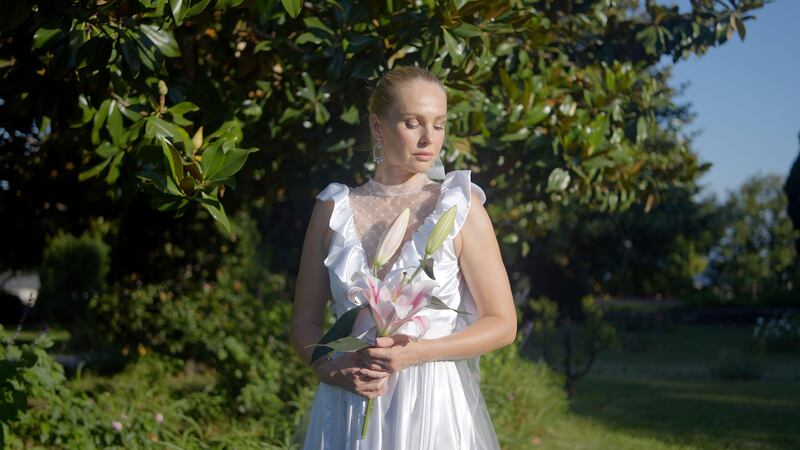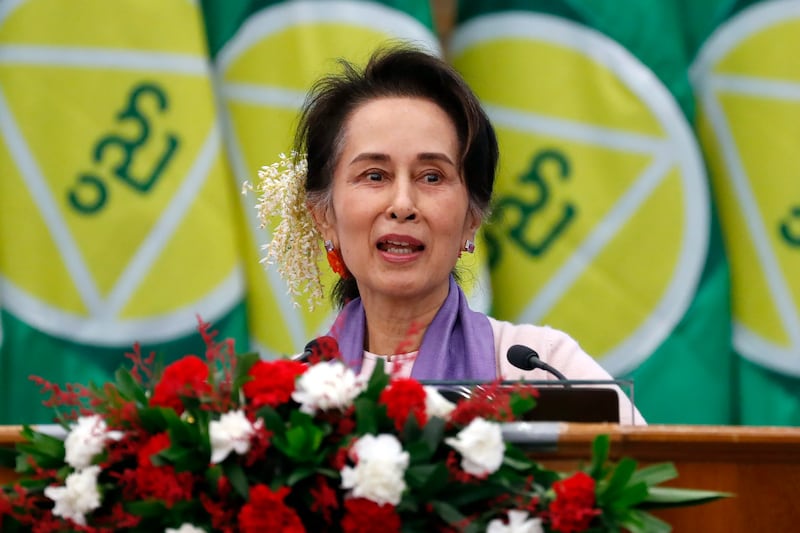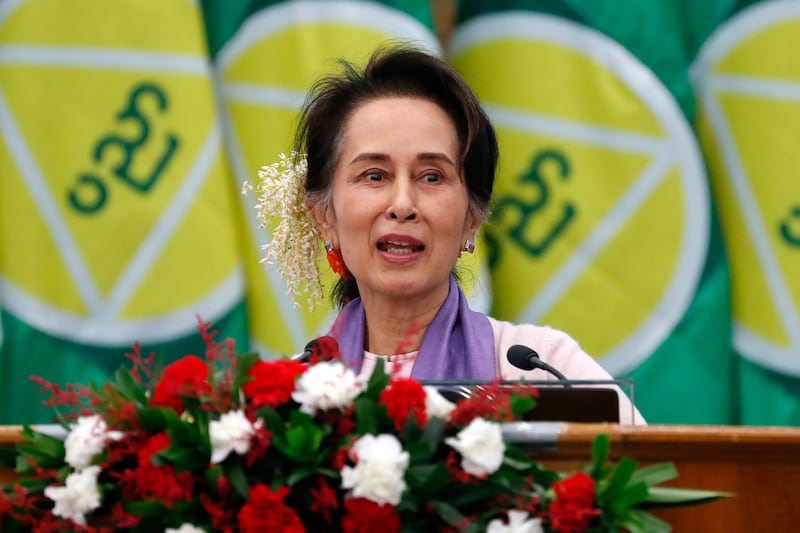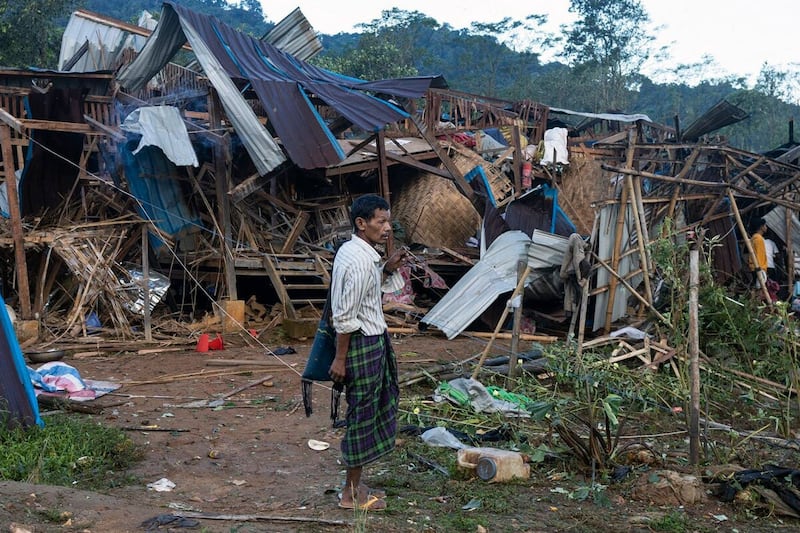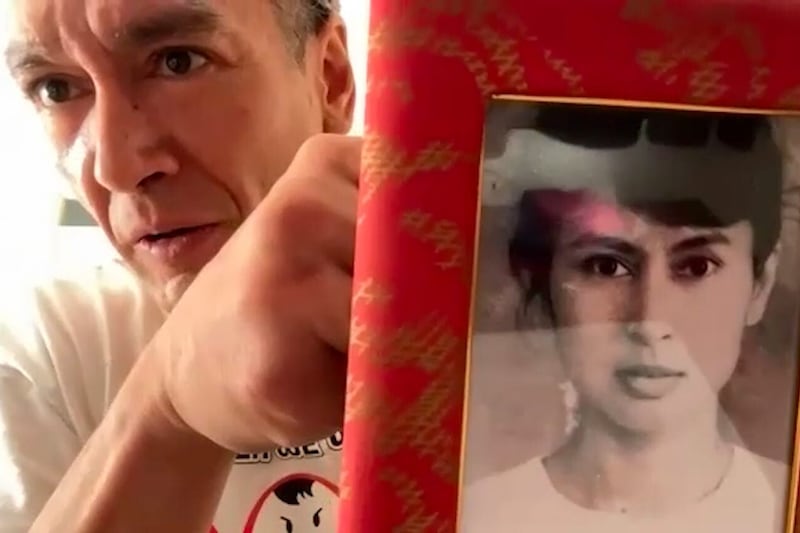SKILL, bravery, intelligence and comradeship in the face of danger. These are some of the characteristics native to the hurlers of the Glens of Antrim but Cushendall’s Cathal McNaughton is showing all those traits halfway round the world not with a camán in his hand but with a camera.
For the past two years, McNaughton has been based in Delhi as chief photographer in India for Reuters news agency, and he and his team have just earned a Pulitzer prize for their coverage of the ongoing refugee crisis in Myanmar/Burma.
However, it’s not a situation McNaughton is at ease talking about, as there are still two Reuters journalists, Wa Lone and Kyaw Soe Oo, in prison awaiting trail for allegedly handling secret government documents.
“Basically it is not a new story,” McNaughton explains. “The Rohingya have been fleeing Myanmar/Burma for a long time now. I can’t really go into the politics of this, Robert, but basically it is a Muslim community who are fleeing persecution from a mainly Buddhist country.”
According to Medicins Sans Frontieres, however, at least 9,000 Rohingya died in Myanmar's Rakhine State between August 25 and September 24 2017 and, since August 25 2017, a massive exodus of over 671,000 Rohingya refugees have fled the country into Bangladesh.
There have been many stories of sexual violence on the fleeing women while diphtheria has emerged in the relative safety of the refugee camps in Bangladesh.
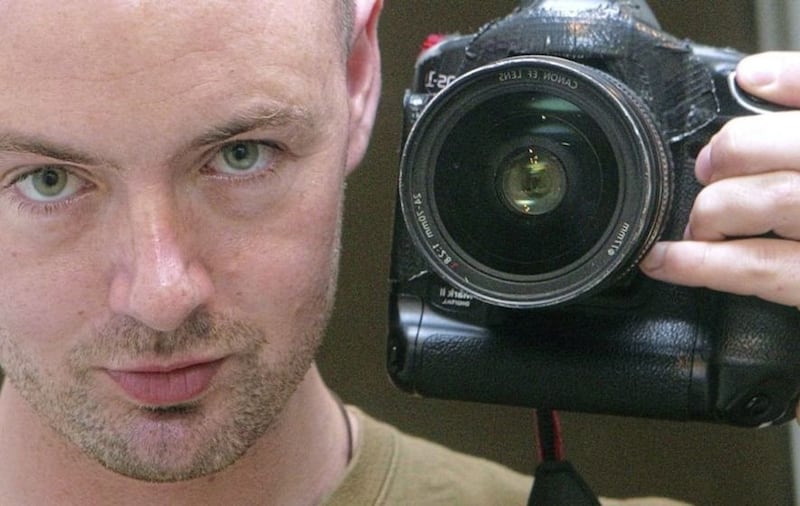
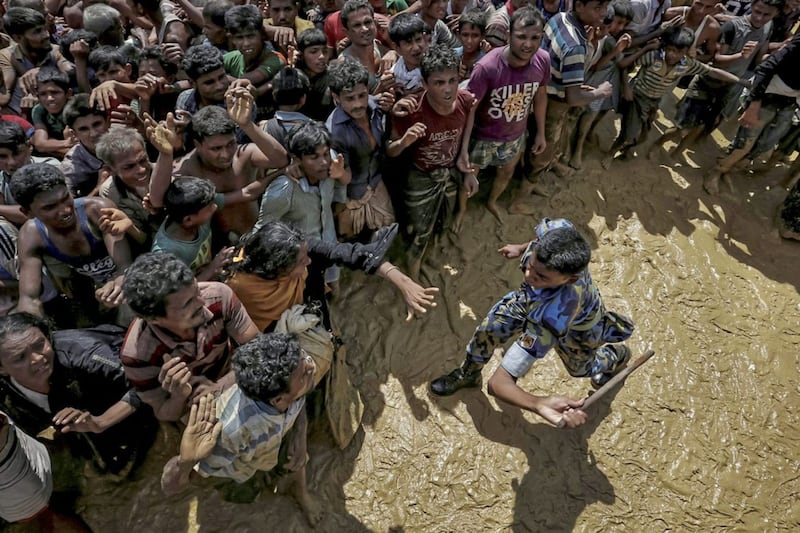
So how does a photographer go about reporting on something like that? How does he or she go about finding where the heart of the story is even though they might be in terrain they’ve never experienced before.
And how do they deal with hostile environments where mass killings might have happened or where you have humanitarian crises, like the one McNaughton documented about the Rohingya refugees in Bangladesh
“Well, there is an awful lot of planning done beforehand and a lot of coordination between different teams and different individuals,” says McNaughton. “It really is a team effort because there are a lot of security issues to deal with, so you have to be aware of all these things and prepare for every eventuality, but once you get on to the ground it is up to you how you proceed.
“And of course, we are not just photographers, we are photo-journalists out there digging for stories, so we will interview people, getting close to people and quite often most of the time there will not be a journalist with you – they often will be a way doing something else – so it is up to you to record and interview and take video and everything else that is required to completely cover the situation.”
McNaughton certainly has been on the road less travelled since the opportunity to become a photographer came to his door in the form of legendary Irish News photographer Brendan Murphy. When taking photos for a book called A Day In The Life of Ireland, Murphy chose the Glens of Antrim as his backdrop.
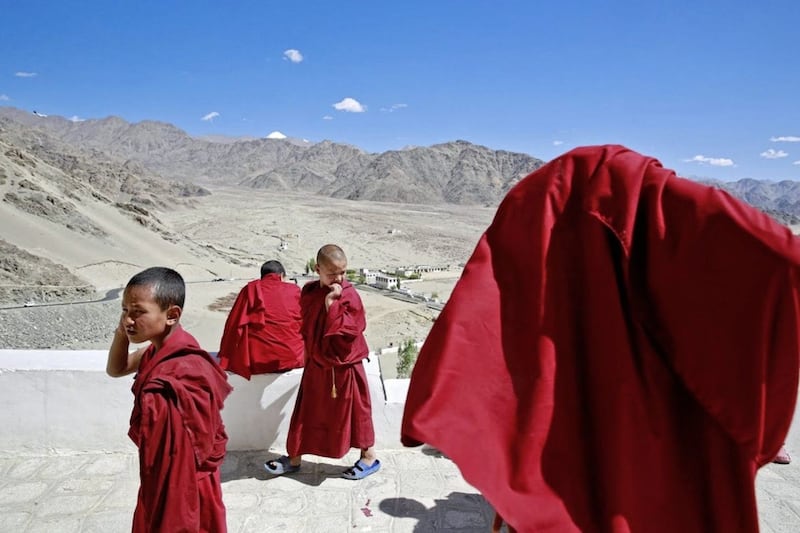
"My father, also called Cathal, was his fixer," McNaughton says. "So basically I tagged along with them and saw what they are doing and then Brendan said to my father that if I was ever interested in becoming a photographer to give him a shout. And I did – and that's how I got started.”
Before that, in the McNaughton household like many others, a camera was something was something that was only taken out on special occasions.
“Around that time, people would have one roll in a camera and that would last maybe all year or even two years. You might even have two Christmases on the one roll of film,” he says.
“However, I had an artistic mind – my father was a wood-turner and a wood carver and he was always into painting and stuff so I would have been interested in art and I would have been painting and that might have helped me with composition and so on later on in my photography.”
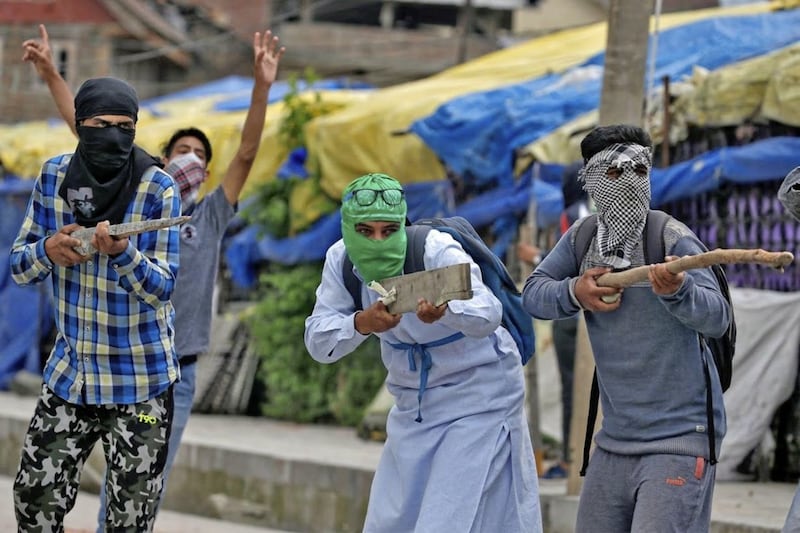
Now retired, Murphy took McNaughton (as well as many others) under his wing at The Irish News. This was a great experience as the young man ended up photographing anything under the sun, from hurling matches to riots to cheque presentations and everything in between.
“Luckily, I had one of Ireland’s top news photographers as my mentor so that gave me a great start," McNaughton says. "What I learned from Brendan was crucial because it laid the foundations of the work I would do later. Brendan insisted that you would learn and relearn the fundamentals of photography, the very basics, and of course at that time in the late 1990s, we were still using film cameras so we had a lot of work to do in a darkroom and I think that has stood me in good stead ever since.”
After leaving The Irish News, McNaughton worked for The Belfast Telegraph and for different agencies; then he moved to the Press Association (PA) before joining Reuters, and going on to become their chief photographer in India.
Based in Delhi, there is no daily routine for the Glensman.
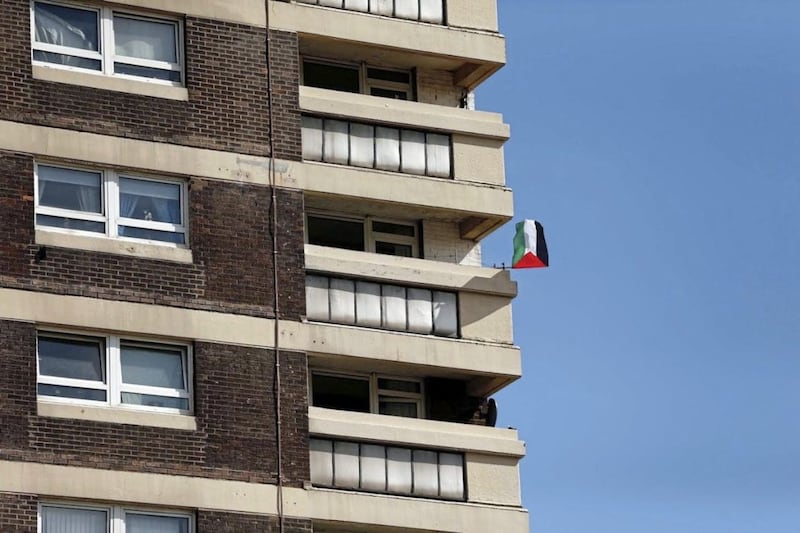
“You could get a phone call saying 'Can you get yourself to Bhutan or to Japan or Nepal?” he says. “Because of where I am located in Asia, it is a good centre-point from which to head to other countries so that I would maybe be sent to Bangladesh or to Bhutan or wherever.
“In fact, I’m just back from Korea where I was covering the Winter Olympics. Things change all the time. You are always on the move and because India is so diverse depending on where you are sent for an assignment, you know you can either take sunscreen or mosquito repellent and worry about your hydration or you could need to worry about sub-zero temperatures in the Himalayas – you just don’t know what you might be doing from one assignment to the next.”
Now while all this might seem like a Roy of the Rovers adventure, the story is the most important thing. McNaughton is very aware that he is a witness to some of the most important stories of our time, stories that would pass the rest of us by if it weren’t for the bravery and the integrity of photo-journalists like him.
“I'm not just doing this because I am having a great time,” he says. “I believe passionately in the stories that I am telling and I purposely seek out stories that need to be told.
“For example, I campaigned very hard to make sure I got to go to Bangladesh so I could shoot the Rohingya refugees story. I fervently wanted to do it so, yes, it is a passion of mine."
:: For more Reuters photos of the Rohingya refugee crisis see https://tinyurl.com/yblfyx6d
